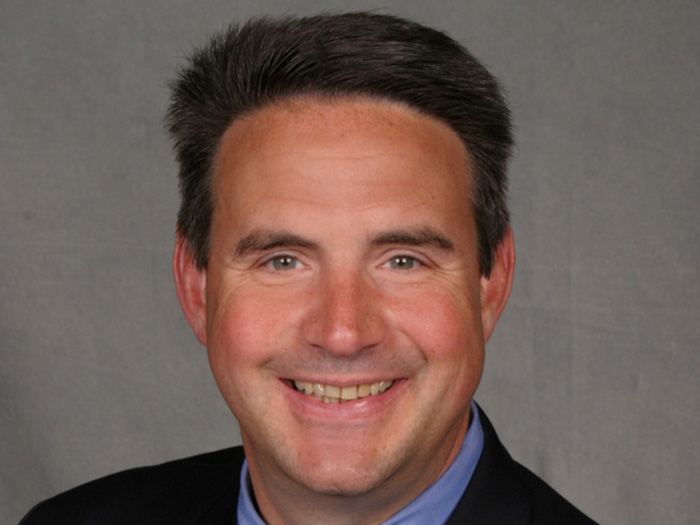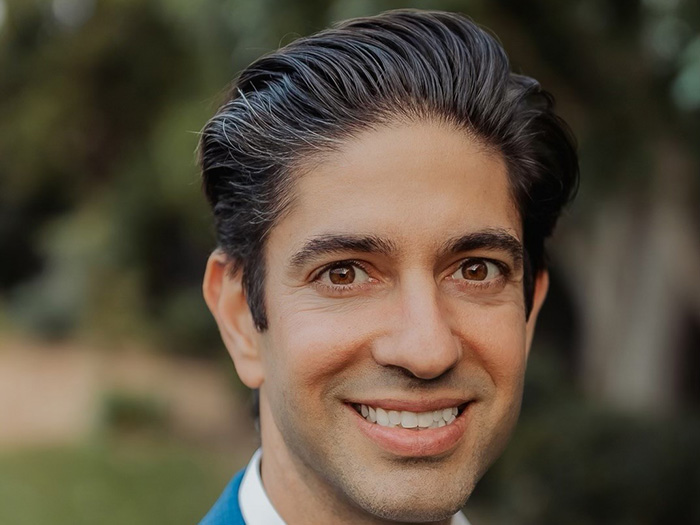Sponsored Content by BHSI
A Streamlined Approach to Modern Construction Challenges

Construction has never been an easy business. There are plans to draw up, approvals to win, materials and heavy equipment to maneuver, workers to manage, and financiers to appease — usually within tight time constraints. Expanded opportunities at brownfields, increased value engineering requirements, and skilled labor shortages all add to the sector’s challenges.
“The complexity of construction exposures continues to rapidly increase,” said Bill Sullivan, Senior Vice President, Head of Construction Casualty, Berkshire Hathaway Specialty Insurance.
In this environment, contactors will want to reevaluate their insurance and risk management programs to ensure there are no coverage gaps, while at the same time addressing these emerging trends.
Current Trends Compound Complexity
Brownfield Sites

Bill Sullivan, Senior Vice President, Head of Construction Casualty
With the growth of urban centers in the U.S. and a scarcity of suitable building lots, contractors increasingly find opportunities in brownfield sites, which can be located in highly developed, densely populated areas. “At brownfield sites, contractors may have to deal with legacy pollution issues. They must be ready to respond to the possibility of such unknown site conditions. In addition, many brownfield redevelopments are high profile projects that local authorities have spent years nurturing,” Sullivan said.
Sullivan added, “Executing a project in a highly populated area means many potential impacted third parties. The contractor must negotiate and manage the impact work can have on the project’s neighbors. It’s a much different dynamic than working in a less populated setting.”
Value Engineering
The growing demand for value engineering means contractors are taking on the responsibility to review each building system and component for value, quality, lifecycle and maintainability. They also maximize value for their customer by providing direction concerning alternative materials and construction methods.
“If the contractor recommends an alternate material that has a shorter lifecycle, it may wind up costing the customer more in the long run to replace that material. Because the contractor is the one who suggested the use of a specific material, they need to be aware that they have taken on a professional liability exposure they may not have had absent value engineering,” Sullivan said.
Workforce
Shifting workforce demographics create another challenge for today’s contractors. On the one hand, contractors face a maturing workforce that is less experienced with new means and methods, while at the other end of the spectrum, contractors have new workers whose lack of experience can compromise project quality and exacerbate risks. Additionally, with respect to new workers, this inexperience can also create safety issues for both workers on-site and for the general public.
Meeting Today’s Challenges With An Integrated Solution
 Against this backdrop of complex exposures, contractors are migrating to a new insurance approach that offers simplicity and enhanced protection. “In the past, contractors would typically secure separate coverages at the primary and excess levels from a portfolio of carriers. We’re now seeing customers and brokers looking at ways to achieve more seamless coverage from a single carrier. There is so much potential interplay between lines of coverage in construction that it’s important to have coordination between them,” Sullivan said.
Against this backdrop of complex exposures, contractors are migrating to a new insurance approach that offers simplicity and enhanced protection. “In the past, contractors would typically secure separate coverages at the primary and excess levels from a portfolio of carriers. We’re now seeing customers and brokers looking at ways to achieve more seamless coverage from a single carrier. There is so much potential interplay between lines of coverage in construction that it’s important to have coordination between them,” Sullivan said.
One way to achieve integration is through the use of a single excess integrated follow form policy, which can schedule and follow multiple lines of underlying coverage, such as: general liability, environmental liability, employer’s liability, professional liability, and automobile liability (as opposed to having multiple separate insurance towers from numerous carriers). Aligning coverage through a single excess carrier may help to provide consistency in limits and tower attachment points and reduce coverage gaps. Perhaps most importantly, the integrated approach streamlines claims services through the single carrier, which avoids coverage disputes between multiple carriers providing different lines of coverage. Streamlined claims services also has the potential to reduce frictional claims expenses.
BHSI: Uniquely Positioned to Be Your Integrated Excess Insurer
BHSI has been at the forefront in providing integrated excess solutions for contractors. The company brings to market several major advantages:
- With its financial strength, BHSI can offer the capacity needed for a first layer integrated excess program;
- BHSI is committed to excellence in claims handling, with an emphasis on experience, transparency and accessibility;
- BHSI focuses on collaboration among team members, keeping lines of communication open across different lines written; and
- BHSI provides a wide range of insurance products, giving it the expertise needed to manage the diverse multi-lines of coverage provided by an integrated insurance program.
As Mr. Sullivan noted, “Our integrated excess solutions are not boilerplate programs. They are tailored to address unique challenges and meet the particular needs of each individual insured. We have the unique combination of experienced people, a strong balance sheet, a broad product and service portfolio, and a commitment to long-lasting customer relationships that is truly dynamic.”
To learn more, visit https://bhspecialty.com/.
The information contained herein is for general informational purposes only and does not constitute an offer to sell or a solicitation of an offer to buy any product or service. Any description set forth herein does not include all policy terms, conditions and exclusions. Please refer to the actual policy for complete details of coverage and exclusions.
This article was produced by the R&I Brand Studio, a unit of the advertising department of Risk & Insurance, in collaboration with Berkshire Hathaway Specialty Insurance. The editorial staff of Risk & Insurance had no role in its preparation.










